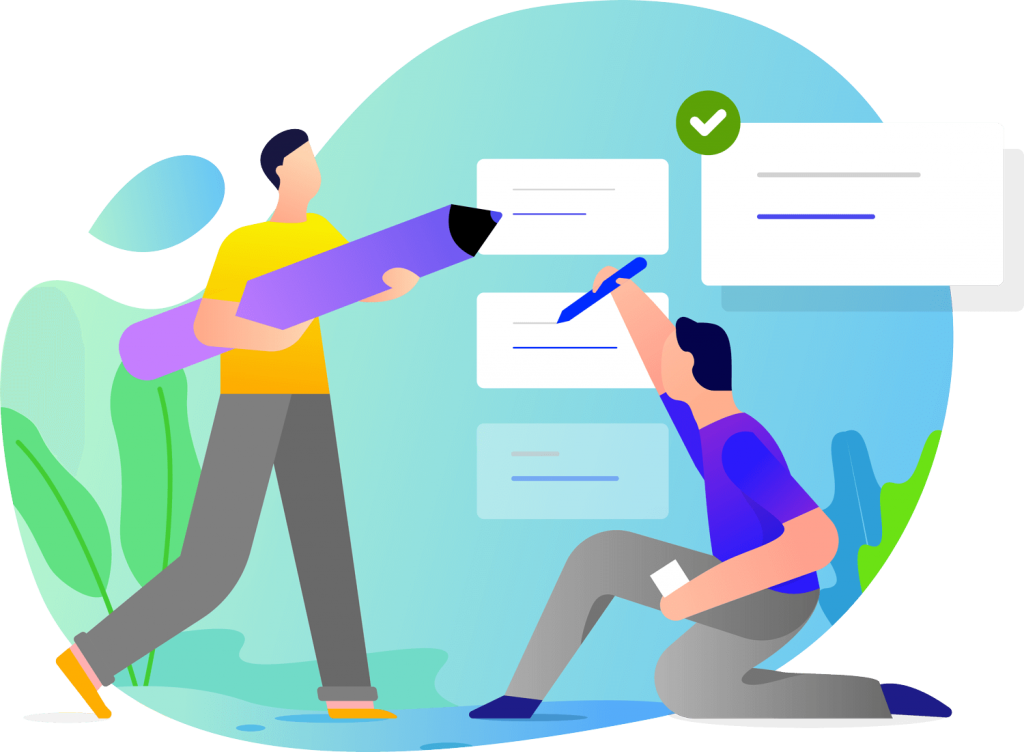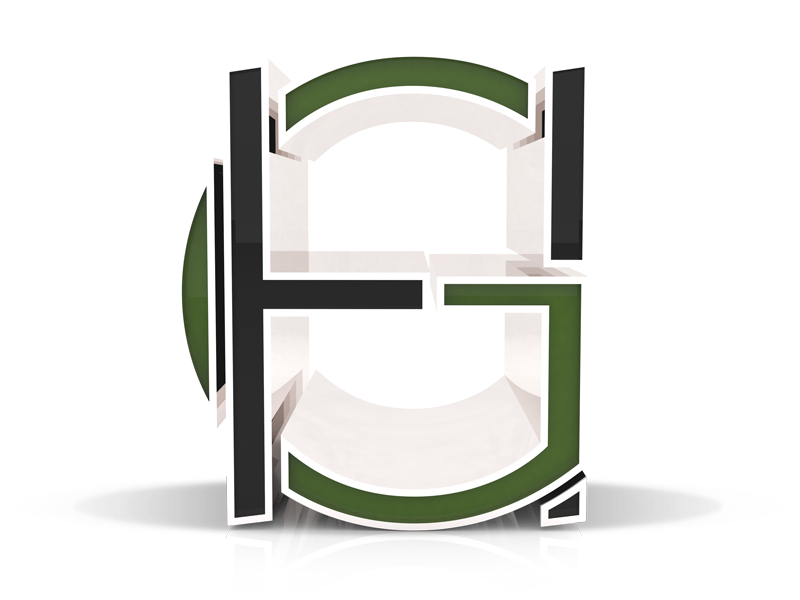Welcome to our blog where we explore the symbiotic relationship between web design and impactful content marketing. In this article, we delve into the art of optimizing your website design to captivate your audience, enhance user experience, and maximize the impact of your content marketing efforts. Join us as we uncover the key strategies and best practices that will elevate your online presence and drive meaningful engagement with your target audience.



Table of Contents
Toggle1. Unlocking the Power of Impactful Content Marketing through Optimized Web Design
In today’s digital landscape, compelling content is key to capturing and retaining the attention of your target audience. However, even the most informative and engaging content can go unnoticed without the right web design principles. Optimized web design is the missing puzzle piece that unlocks the true power of your content marketing strategy. By seamlessly integrating visually appealing aesthetics, user-friendly navigation, and responsive design, you can create an online platform that not only showcases your content effectively but also drives user engagement and conversion rates to new heights.
When it comes to impactful content marketing, your website’s design serves as the foundation for success. It sets the stage for your brand’s story, conveying your message and establishing credibility. With a well-optimized design, your content becomes the star of the show, commanding attention and leaving a lasting impression on your visitors. By incorporating eye-catching visuals, strategic placement of call-to-actions, and personalized user experiences, you can elevate your content marketing efforts to new heights. Bold headlines, clear typography, and a harmonious color scheme are just a few design elements that can capture your audience’s attention, tantalizing them to explore further and engage with your content.
2. The Ultimate Guide to Creating a High-Performing Website: Optimized Web Design for Impressive Content Marketing
Creating a visually stunning website is just the first step towards a successful content marketing strategy. To truly engage your audience and drive conversions, your web design must be optimized for impressive content marketing. Here are some key tips to help you transform your website into a high-performing powerhouse:
1. Streamline your navigation: Make it effortless for your visitors to find the content they are looking for by organizing your navigation in a logical and intuitive manner. Ensure that your menu is easily accessible, prominently displayed, and includes clear labels. Consider adding a search bar for added convenience.
2. Mobile optimization is a must: With the majority of internet users accessing websites on mobile devices, it’s crucial to optimize your web design for mobile responsiveness. Ensure that your website is fully functional and visually appealing across all screen sizes. Utilize responsive design techniques to adapt the layout and content to different devices. Don’t forget to test the mobile version extensively to provide a seamless experience.
3. Embrace multimedia elements: Text alone may not be enough to captivate your audience. Incorporate multimedia elements such as images, videos, infographics, and interactive features to enhance the visual appeal and communicate your brand message effectively. Be sure to optimize these elements for fast loading speeds without compromising quality.
4. Prioritize readability: A well-designed website should prioritize readability to ensure your content is easy to consume and understand. Choose legible fonts, appropriate font sizes, and a contrast between text and background that is visually pleasing. Break up large blocks of text with headings, subheadings, bullet points, and numbered lists to improve readability and provide a clear structure.
5. Optimize for SEO: Implement on-page SEO techniques to boost your website’s visibility in search engine rankings. Include relevant keywords in your page titles, headings, content, and image alt tags. Meta descriptions should be concise, compelling, and accurately represent the content. Ensure your URLs are user-friendly, descriptive, and include targeted keywords.
By implementing these optimization strategies, your website will not only attract and engage visitors but also position you as an authority in your industry. Remember, design alone is not enough; a high-performing website must seamlessly integrate design and content to captivate your audience and drive your content marketing efforts forward.
3. Enhancing Your Content Marketing Strategy: Optimized Web Design to Maximize Impact
In today’s digital landscape, having a strong content marketing strategy is essential for businesses to thrive and stand out from the competition. While creating relevant and engaging content is crucial, it is equally important to optimize your web design to maximize its impact. After all, your website is often the first point of contact for potential customers. In this post, we will explore some key techniques to enhance your content marketing strategy by optimizing your web design.
1. Responsive design: With the increasing number of mobile users, having a responsive design is no longer an option but a necessity. Ensure that your website is accessible and visually appealing across different devices, providing a seamless user experience.
2. Clear and concise layout: A cluttered and confusing layout can drive visitors away from your website. To maximize the impact of your content, create a clean and intuitive layout that guides users effortlessly through your site. Utilize whitespace effectively and maintain consistency in font styles, colors, and formatting to enhance readability.
3. Compelling visuals: Incorporate high-quality images, videos, infographics, and other visual elements to grab attention and complement your content. Visuals not only make your website visually appealing but also help in conveying complex information in a more digestible and engaging manner.
4. Strategic use of typography: Choose fonts that align with your brand identity and ensure they are legible across various devices and browsers. Experiment with different font sizes, styles, and colors to create visual hierarchy and draw attention to important content.
5. Seamless navigation: Implement a user-friendly navigation menu that allows visitors to find relevant information quickly and easily. Include a search bar and clear headings to assist users in navigating your website effortlessly.
By optimizing your web design, you can significantly enhance the impact of your content marketing strategy. Implement these techniques to create a visually appealing and user-friendly website that captivates and engages your audience, ultimately leading to increased conversions and business success. Remember, an optimized web design is not just about aesthetics, but it also plays a pivotal role in generating measurable results for your content marketing efforts.
4. Designing for Success: How Optimized Web Design Can Boost Your Content Marketing Efforts
In today’s digital age, having a strong online presence is crucial for businesses of all sizes. One of the key elements to consider when it comes to enhancing your brand’s online visibility is the design of your website. A well-optimized web design can significantly boost your content marketing efforts, helping you capture the attention of your target audience, improve user experience, and ultimately drive conversions.
To achieve success in content marketing, it is essential to prioritize user-friendly and visually appealing web design. First and foremost, consider implementing a responsive design that ensures your website adapts seamlessly to different devices and screen sizes. This not only enhances the user experience but also contributes to improved search engine rankings. Additionally, organizing your content in a clear and structured manner, using headings, subheadings, and bullet points, helps readers navigate through your website easily and find the information they are looking for swiftly.
Furthermore, incorporating high-quality visuals such as images, videos, and infographics can make your content more engaging and shareable. Visual elements not only capture attention but also assist in conveying complex information in a more digestible format. Lastly, don’t forget to optimize your website’s loading speed. A slow-loading website can lead to higher bounce rates and discourage users from exploring your content. Compressing images, minifying CSS and JavaScript files, and leveraging browser caching are just a few techniques that can help enhance your website’s performance. By investing in an optimized web design, you are investing in the success of your content marketing strategy, paving the way for increased brand awareness, higher conversions, and a competitive edge in the online sphere.
5. A Winning Combination: The Art of Optimizing Web Design to Drive Powerful Content Marketing Results
In today’s digital landscape, the synergy between web design and content marketing has become essential for success. By optimizing web design elements to align with your content marketing strategy, you can drive powerful results and captivate your audience in a meaningful way. Here are some key strategies to create a winning combination that will enhance user engagement and maximize your content marketing efforts:
1. Intuitive and User-Friendly Navigation: A seamless user experience is crucial for keeping your audience engaged. Design a clear and intuitive navigation system that allows users to easily find the content they are looking for. Utilize drop-down menus, breadcrumbs, and anchor links to facilitate effortless navigation throughout your website.
2. Consistent Branding and Visual Identity: Your website should represent your brand visually and reinforce your messaging. Use consistent branding elements such as colors, fonts, logos, and imagery across your web design and content. This cohesive visual identity will reinforce your brand’s personality and help establish trust and credibility with your audience.
3. Responsive and Mobile-Optimized Design: With the increasing usage of mobile devices, having a responsive and mobile-optimized design is imperative. Ensure that your website adapts seamlessly to different screen sizes and resolutions. A mobile-friendly design enhances user experience, reduces bounce rates, and improves search engine rankings.
4. Clear Call-to-Actions: To guide your audience towards desired actions, incorporate clear and persuasive call-to-actions (CTAs) throughout your website. Use contrasting colors, bold fonts, and attention-grabbing phrases to encourage users to take the next step, whether it’s signing up for a newsletter, making a purchase, or downloading a resource.
By implementing these best practices, you can merge the power of effective web design with content marketing to create a winning combination that drives impactful results. Remember, a well-designed website not only attracts visitors but also keeps them engaged, creating the perfect platform for your content marketing efforts to shine.
Q&A
Q1: What is the significance of optimizing web design for impactful content marketing?
A: Web design plays a crucial role in enhancing content marketing efforts. It ensures that your valuable content is presented in an appealing and user-friendly manner, thereby capturing the attention of your target audience and maximizing engagement.
Q2: How does an optimized web design contribute to better content marketing results?
A: An optimized web design helps streamline the user experience, making it easier for visitors to find and consume your content. It improves readability, enhances visual appeal, and optimizes the overall layout, resulting in increased time spent on your website, improved conversion rates, and enhanced brand perception.
Q3: What are some key elements of web design that can positively impact content marketing?
A: Incorporating a clean and intuitive navigation system, utilizing visually pleasing layouts, employing consistent branding elements, optimizing page loading speed, and ensuring mobile responsiveness are all key elements of web design that can significantly enhance the impact of your content marketing efforts.
Q4: How can a well-designed layout positively impact content consumption?
A: A well-designed layout enhances content consumption by organizing information in a logical manner, using headlines and subheadings to guide readers, incorporating eye-catching visuals, and utilizing whitespace effectively. A visually appealing layout encourages users to explore further, increasing the chances of content being consumed and shared.
Q5: What role does user experience (UX) play in optimizing web design for content marketing?
A: User experience is paramount for effective content marketing. Designing with a user-centric approach ensures that your website’s navigation, accessibility, and overall functionality align with your target audience’s needs and preferences. A seamless and enjoyable user experience will increase engagement and encourage repeat visits, ultimately helping to achieve your content marketing goals.
Q6: Why is mobile responsiveness crucial for impactful content marketing?
A: With the significant rise in mobile device usage, ensuring your website is mobile responsive is essential. A mobile-friendly design guarantees that your content is accessible and enjoyable on various screen sizes. Failing to optimize for mobile can lead to high bounce rates and frustrated users, negatively impacting your content marketing efforts.
Q7: How does web design impact SEO and content discoverability?
A: Web design and SEO are closely intertwined. By optimizing the structure, layout, and metadata of your web pages, you make it easier for search engines to index and understand your content. An SEO-friendly web design also facilitates increased organic traffic, improves keyword rankings, and enhances content discoverability, effectively supporting your content marketing strategy.
Q8: What are some best practices for optimizing web design for impactful content marketing?
A: Incorporate a clear and consistent call-to-action, ensure fast loading times by optimizing images and code, make use of whitespace to enhance readability, utilize responsive image and video formats, integrate social sharing buttons for easy content distribution, and regularly analyze user behavior through data tracking tools to refine and improve your web design strategy.
Q9: How can A/B testing be used to optimize web design for content marketing?
A: A/B testing allows you to experiment with different design elements, layouts, and calls-to-action to determine which variations drive better content engagement and conversions. By measuring user interactions and analyzing data, you can make informed decisions on design modifications that will yield optimal results and maximize the impact of your content marketing efforts. In conclusion, when it comes to the world of content marketing, web design optimization emerges as a crucial element for achieving impactful results. By strategically aligning eye-catching design with quality content, businesses can effectively capture the attention of their target audience, foster brand loyalty, and boost conversions.
Throughout this article, we explored various strategies and best practices that professionals can implement to optimize their web design for content marketing. We emphasized the importance of responsive design, user experience, and visual appeal in enhancing the overall impact of your content. Furthermore, we discussed the significance of accessible and mobile-friendly sites, as well as the role of SEO in driving organic traffic.
Remember, a well-designed website serves as the virtual storefront for your brand and is often the first point of contact between you and your potential customers. By investing time and effort into creating an engaging and intuitive design, paired with compelling content, you can build trust and credibility, ultimately leading to increased customer engagement and conversions.
In today’s competitive digital landscape, where attention spans are shorter than ever, mastering the art of web design optimization is no longer just an option but a necessity. By staying up to date with industry trends, harnessing the power of analytics, and continuously testing and refining your design and content strategies, you can stay ahead of the curve and maximize the impact of your content marketing efforts.
So, whether you are a seasoned marketer or just starting out, remember that successful content marketing lies at the intersection of powerful storytelling, compelling visuals, and seamless user experience. By optimizing your web design with these principles in mind, you can create a winning formula for capturing and retaining the attention of your audience, driving your business towards long-term success.





